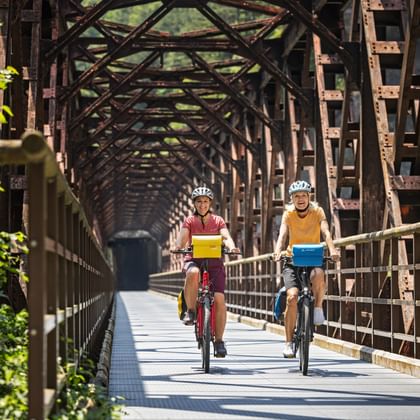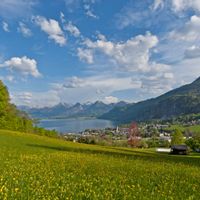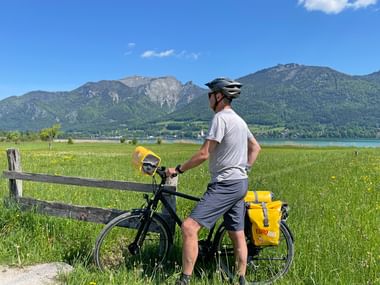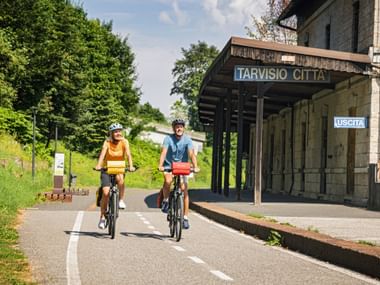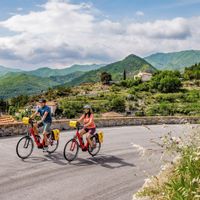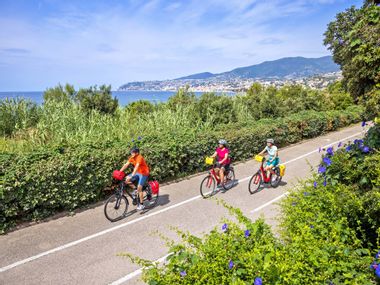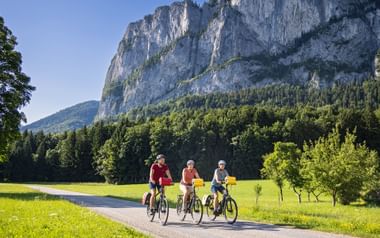Cycling along abandoned railway trails offers a truly enchanting experience for every rider. Where trains once traveled through the countryside, serene bike paths now meander with gentle slopes, sweeping curves, and wide, welcoming tracks. Many of these routes follow embankments and bridges, revealing breathtaking views that stir the soul.
These trails connect quaint towns, wind through picturesque valleys, and thread through peaceful forests—where echoes of industrial history meet moments of quiet reflection and gentle escape.
Join us on a leisurely cycling holiday through Austria, Italy, and Spain, as we guide you along the most beautiful and captivating routes carved from these former railway lines.

